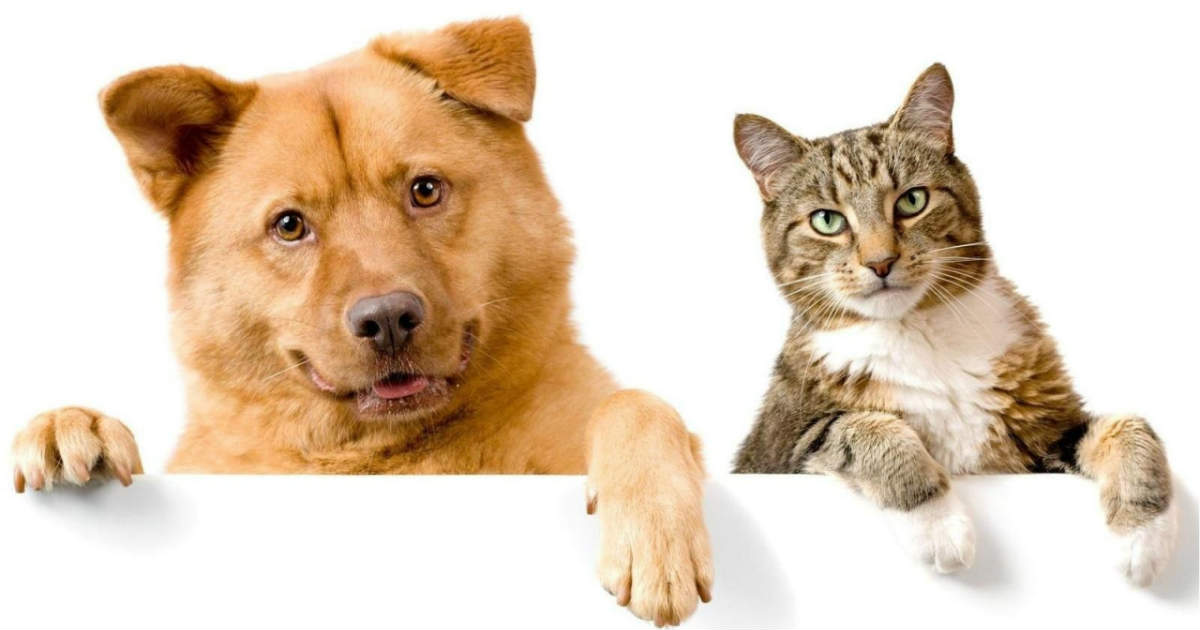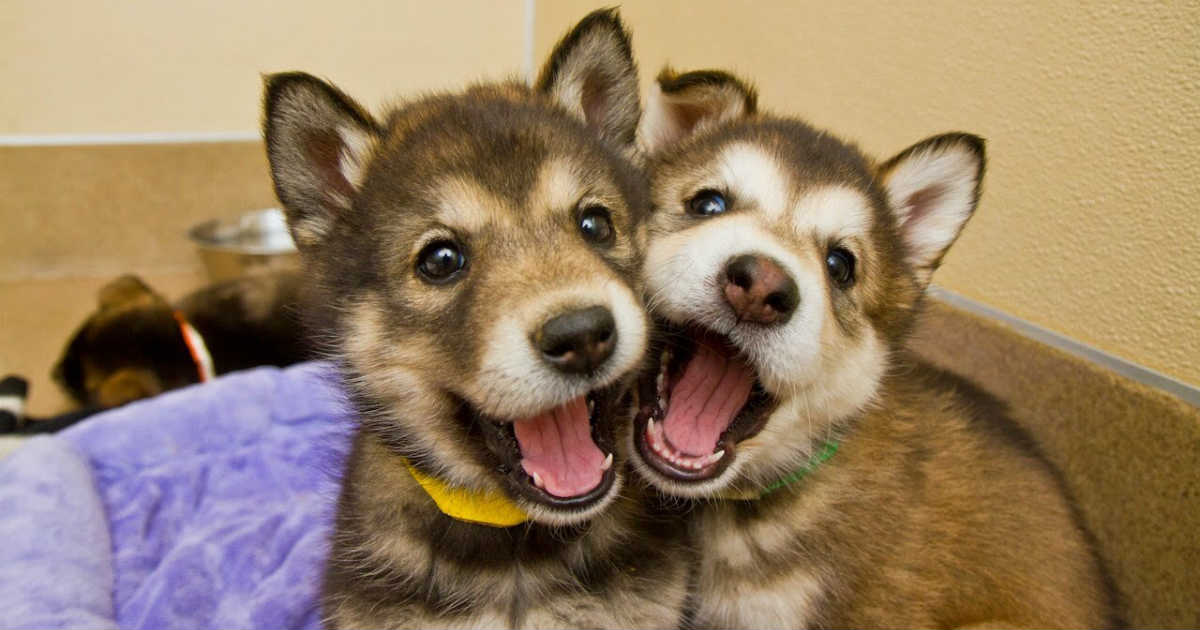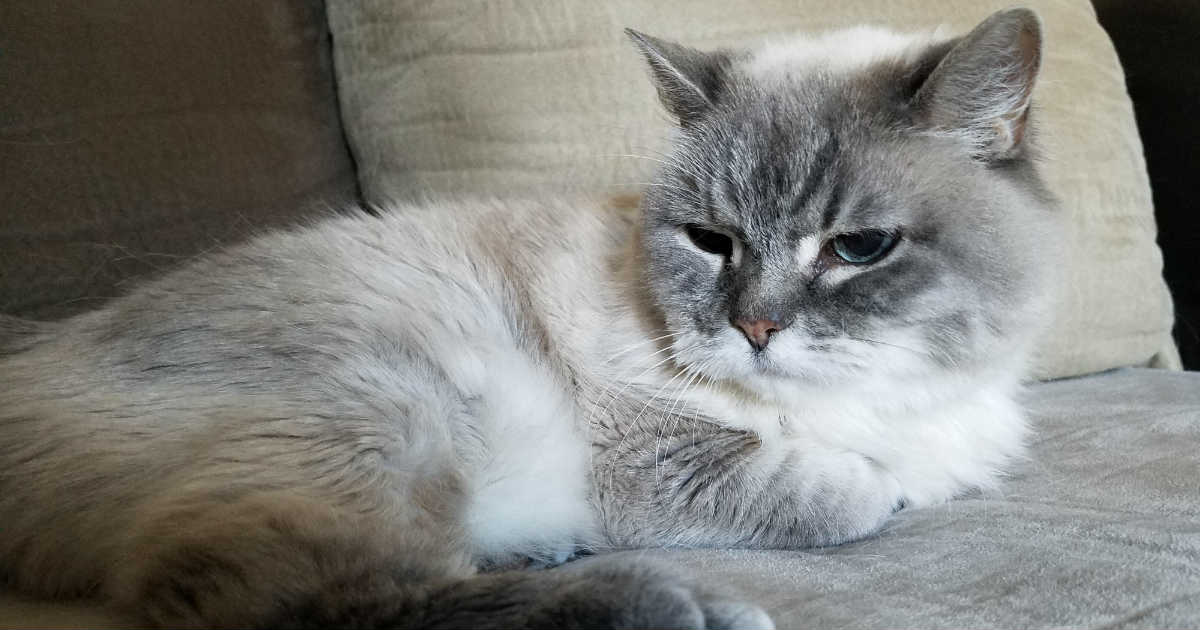Check out some fun facts about pet ownership in Canada that you probably did not know of.
- How many pets are there in Canada? Fifty-seven percent of Canadian Households own pets which equates to 7.5 million households.
- Cats are more popular pets than dogs. Thirty-seven percent of Canadian households owned one or more cats, 32% owned dogs.
- Overall Canada is home to roughly 5.9 million dogs and 7.9 million cats.
- Nine percent of Canadians owned other types of pets, including fish, birds, small mammals such as hamsters and sugar gliders and reptiles.
- Cageless pet boarding, dog boarding, pet nanny, dog kennel, dog sitting, cat sitting, pet training school and other pet care services are among the most popular services Canadian pet owners are looking for their pets.
11 strange animals that can be legally owned as pets in Canada
Capybara
Capybaras are basically giant hamsters (and when I say giant, I mean larger-than-a-mid-size-dog giant). They originate from South America and can weigh up to 100 lbs. Although they typically make great pets, they aren't the easiest to take care of. They require lots of attention and and a few special items such as a pool for swimming and non-toxic grass for grazing. They also tend to get fairly aggressive, and their sharp teeth makes them unsuitable for young kids.
Sugar Glider
Sugar gliders are marsupials, just like kangaroos and koala bears. They are named as such because they possess a gliding membrane, stretching from their wrists to their ankles, that lets them glide through the air. They roughly have the same intelligence as a dog, and can be trained in similar ways (e.g. be called upon by name, perform tricks, etc). One particularly important characteristic about sugar gliders is that they are colony animals - a sugar glider must live in the company of other sugar gliders or else it can die of depression. Guess you gotta buy more than one or two!
Wallaby
Wallabies are particularly popular pets in Alberta. They are roughly 30”-36” tall in height and can weight up to 50 lbs upon maturity. Like dogs and cats, they come in a range of different fur colours and patterns and are also trainable to an extent. Wallabies also require a playpen during their upbringing, which provides them a place of comfort, privacy and safety. Most owners attach a pouch at the side of the playpen for the wallaby to jump into at any given time.
Mini Donkey
Mini donkeys are far better options for families that live in rural areas rather than those that live in the city. They require open fields for exercise and grazing, and need to be provided with hay and a salt lick for maintenance. Mini donkeys can grow to a height of 36" and have a lifespan between 25 to 35 years! If Donkey from Shrek is any indication of what it's like to own a donkey as a pet, then it's probably a whole lot of fun.
Hedgehog
Hedgehogs are a spiky alternative to the common hamster. They are characterized by a prickly outer skin that can be sensitive to the touch, and are relatively shy creatures that do not typically require too much attention. Maintenance of a hedgehog is fairly simple, and involves regular cleaning of its cage and feeding. They also tend to be nocturnal, and will spend most of the day curled up into a ball sleeping.
Pygmy Goat
Pygmy goats are adorable pets that have a whole lot of energy and spend a lot of time prancing around. Recently, many individuals have been adopting pygmy goats as urban pets; although in some areas like Richmond, B.C., goats are only allowed in agricultural areas. In other areas, pet ownership of a pygmy goat is allowed but one cannot sell its milk or cheese. Pygmy goats are typically satisfied in an average-sized backyard but can be problematic with the neighbours due to the fact that they tend to be a little noisy.
Potbellied Pig
Potbellied pigs are becoming so common in households nowadays that it's starting to become less odd to own them as pets. Like dogs, they are intelligent and can be trained a wide variety of commands and tricks. However, they must be tended to frequently because they get easily bored and become destructive when they are unoccupied with things to do. Potbellied pigs require a wide open space for exercise and also lots and lots of food.
Fennec Fox
Fennec foxes are known to be relatively friendly companions. Personality-wise, they tend to have the independence of a cat but the energy of a dog. Even though the bulk of their time is spent sleeping, caring for a fennec fox is still very time-consuming and involves a lot of playtime, socialization and feeding. Like dogs, fennec foxes also have a tendency to bark, so they may not be the ideal pet for those living with neighbours nearby.
Serval
Servals are Savannah cats that are allowed as pets in most provinces, but ownership is restricted to certain generations only. For example, in Alberta, only F4 generations and lower (e.g. F5, F6, etc.) are permitted as pets. Serval cats have a fur pattern that is similar to cheetahs and can weigh up to 40 pounds upon maturity. They are typically lazy during the day and more active at night time. Large, secure spaces, warm temperatures and dead rodents for food are necessities for taking care of serval cats.
Hyancinth Macaw
Hyacinth macaws are one of several breeds of parrots that are on the endangered species list, so whether or not there are laws in place in Canada to regulate its availability for pet ownership, it probably wouldn't be the best idea to take one on. Besides, these birds are expensive, costing more than $10,000 a bird! Nevertheless, hyacinth macaws would make pretty cool companions, since they are extremely sweet and gentle.
Muntjac Deer
Muntjac deer have origins in Southeast Asia. The Leaf Muntjac are the smallest breed, weighing from 10 to 20 lbs and growing to an average height of 20 inches. They can be litter trained like cats and can be taught to respond to their name when they are called. Both indoor and outdoor environments are suitable for Muntjacs; however, in the latter case, the environment must be safely secured as Muntjac have a notorious reputation as an invasive species.
Exotic pet laws are always rapidly changing in Canada. The animals included in this list may be in the process of being banned from ownership or are already no longer legally available to own. Please refer to the local exotic pet policies in your area for further confirmation.
Source: Animal Planet
Can you bring your dog in to Canada?
Domestic or pet dogs may enter Canada if accompanied by a valid rabies vaccination certificate, which is issued by a licensed veterinarian in English or French, and which clearly identifies the dogs and states that they are currently vaccinated against rabies.
Please note that:
- Domestic (pet) dogs entering Canada do not have to be quarantined.
- Canada does not require a microchip or tattoo identification for dogs imported as personal pets. However, dogs under 8 months of age imported under the commercial category (dogs for retail sale, breeding purposes, show or exhibition, scientific research, dogs in 'special training status', and dogs destined for adoption and/or animal welfare organization) must be identified by an electronic microchip.
- The Canada Border Services Agency (CBSA) may refer any animal presented at the border for secondary inspection by the Canadian Food Inspection Agency (CFIA). Expect delays.
Can you bring your cat in to Canada?
Cats from countries not recognized by Canada as being rabies-free may enter Canada if they are accompanied by a rabies vaccination certificate.
The rabies vaccination certificate must:
- be written in English or French;
- be issued and signed by a licensed veterinarian;
- identify the animal (as in breed, colour, and weight);
- state that the animal is vaccinated against rabies;
- indicate the date of vaccination;
- indicate the trade name and the serial number of the licensed vaccine; and
- specify the duration of immunity (otherwise, it will be considered valid for one year from the date of vaccination).
If a cat does not meet the import requirements for rabies certification, owners will be required, at their own expense, to:
- have the animal vaccinated against rabies within a specified period of time; and
- provide the vaccination record to a Canadian Food Inspection Agency office.
Source: Canadian Food Inspection Agency









